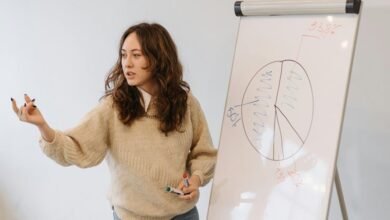Photoackmpa: O Uso de Imagens em Processos Judiciais

The integration of photographic evidence in judicial processes represents a significant shift in how cases are argued and decided. Visual evidence often enhances the credibility of testimonies and alters juror perceptions. However, this reliance on images raises critical issues regarding authenticity and the potential for manipulation. As technology evolves, the legal system faces the challenge of maintaining integrity while navigating ethical and privacy concerns. The implications of these developments warrant careful examination.
The Impact of Visual Evidence on Legal Proceedings
Although legal proceedings have traditionally relied on verbal testimony and documentation, the integration of visual evidence has significantly altered the landscape of judicial processes.
This shift enhances visual credibility, thereby impacting evidentiary standards. Courts increasingly recognize that images can convey information more effectively than words alone, potentially influencing juror perceptions and outcomes.
Ultimately, this reinforces the necessity for robust standards governing the admissibility of visual evidence.
Challenges and Considerations in Photoackmpa
As the use of photographic evidence becomes increasingly prevalent in judicial contexts, various challenges and considerations emerge that must be meticulously addressed.
Ethical implications surround the authenticity and manipulation of images, raising concerns about their reliability in court.
Additionally, technological advancements complicate the verification process, necessitating rigorous standards to ensure that visual evidence serves justice rather than undermining it.
The Future of Images in the Justice System
The increasing integration of photographic evidence in judicial proceedings signals a transformative shift within the justice system.
As technological advancements proliferate, the role of digital evidence becomes increasingly pivotal. This evolution not only enhances the accuracy and reliability of evidence but also raises significant questions regarding privacy and authenticity.
The future hinges on balancing innovation with the fundamental rights of individuals within legal frameworks.
Conclusion
In conclusion, the integration of visual evidence in judicial processes marks a significant shift from traditional reliance on verbal testimony, enhancing credibility and influencing juror perceptions. However, the challenges of authenticity and privacy necessitate careful consideration as the legal system evolves. As the adage goes, "A picture is worth a thousand words," highlighting the profound impact of images. Yet, it serves as a reminder that, in the pursuit of justice, the truth must remain the paramount concern.





